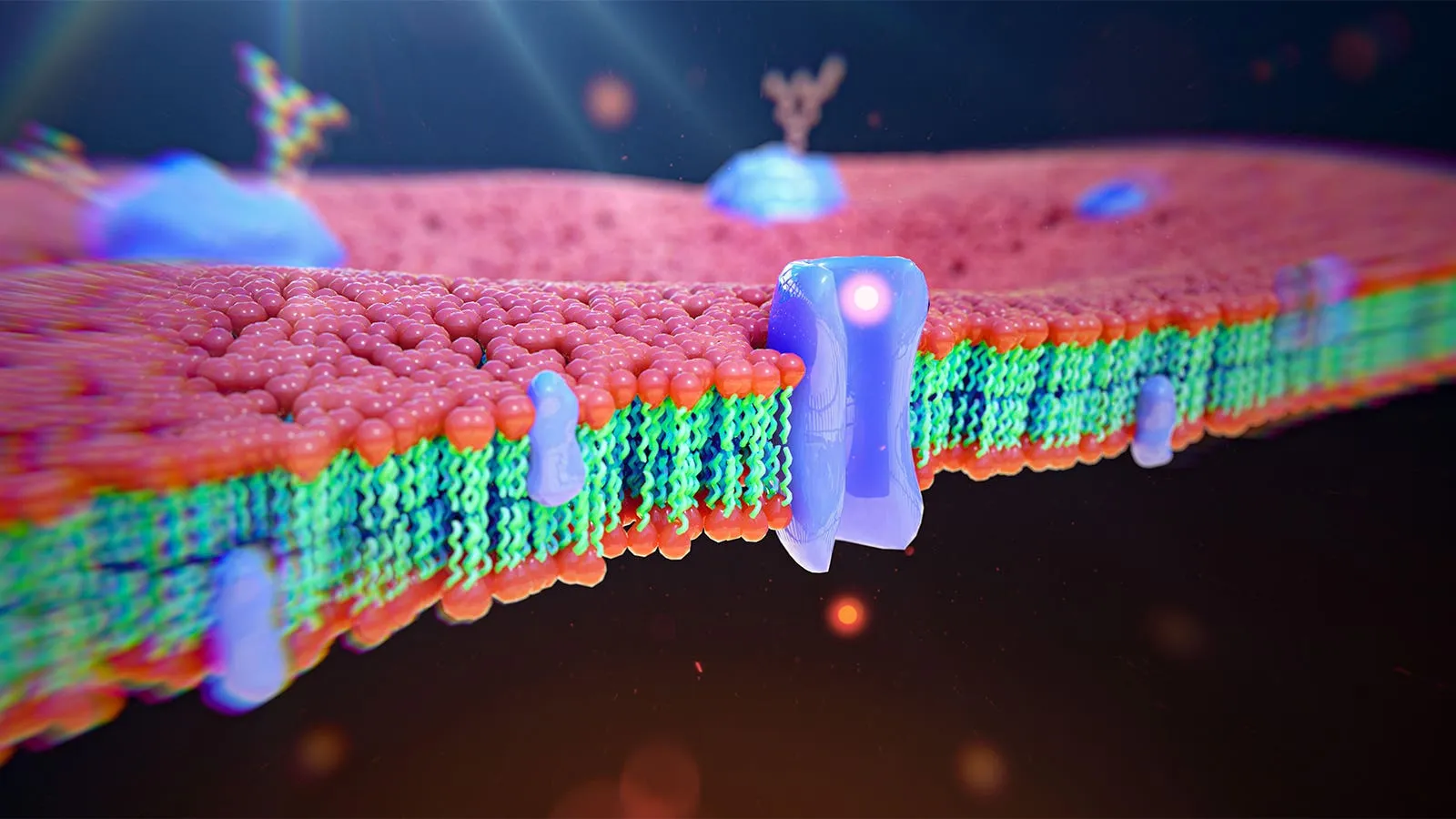Exploring Lipid Values in Adolescence and Their Impact on CVD Risk Prediction

Lipid Values: Essentials in Cardiovascular Disease Prediction
Knowing lipid values during adolescence is pivotal in assessing the risk of cardiovascular disease (CVD). In particular, total cholesterol and triglyceride levels, when combined with factors such as age, sex, blood pressure, body mass index, and smoking, establish a more comprehensive risk profile.
Understanding the Impact of Lipids
Basing CVD prediction models only on non-laboratory factors may overlook significant risks presented by lipid values. Research indicates that despite the integration, the addition of these lab values did not drastically enhance predictive accuracy.
- Total Cholesterol: A critical marker of cardiovascular health.
- Triglycerides: Often linked to metabolic syndrome.
- Non-laboratory risk factors: Essential, yet incomplete for a full risk assessment.
Conclusion: Reevaluating Risk Prediction Models
In summary, while incorporating lipid values like total cholesterol and triglycerides shows potential, the results suggest a need for continuous refinement of risk prediction models. An ongoing assessment is essential for improving cardiovascular health outcomes, especially in adolescents.
This article was prepared using information from open sources in accordance with the principles of Ethical Policy. The editorial team is not responsible for absolute accuracy, as it relies on data from the sources referenced.